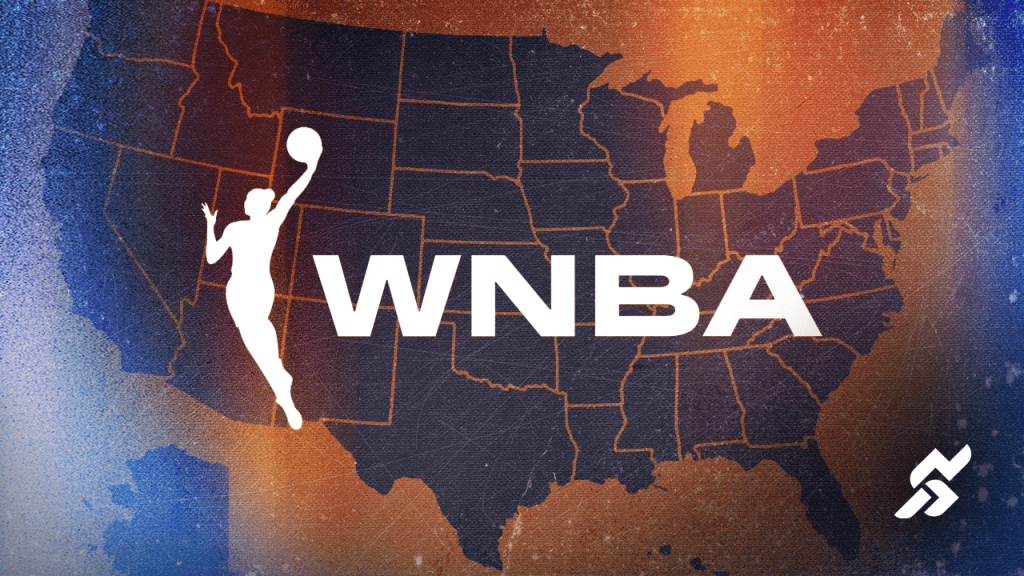With an Oct. 31 deadline looming, the WNBA and the WNBPA agreed Thursday night to an extension of collective bargaining negotiations, preventing a potential work stoppage—for now. A source with knowledge of the deal confirmed the update, which was first reported by The Athletic.
The extension will last 30 days, but the two sides still have much to hash out before preparations for the 2026 season can begin in full. Negotiations again spilled into the public last week as each side put forward its own vision for pay structure going forward.
Players have pushed to be paid a guaranteed percentage of team and league revenue, rather than have salaries be based on a fixed salary cap with the potential for additional revenue-sharing, even if that latter setup—similar to the WNBA’s current structure—were to bring significant pay increases. “First, second, third is rev share,” WNBPA first vice president Kelsey Plum recently told The Athletic.
The union’s proposed model would move the league closer to how several major men’s sports divvy up money, ensure players benefit from future W growth and likely lead to more transparency into team finances.
But W—and NBA—leaders have pushed back.
“We all agree we’re trying to return every dollar we possibly can to the players,” WNBA commissioner Cathy Engelbert said before the 2025 Finals, “but we also want to incentivize investment from owners. We want owners to have a viable business.”
In particular, she mentioned ensuring that the league’s structure was enticing to potential new owners as the WNBA looks to continue expanding.
NBA commissioner Adam Silver said “‘share’ isn’t the right way to look at [WNBA pay] because there’s so much more revenue in the NBA… [WNBA players] are going to get a big increase in this cycle of collective bargaining and they deserve it.” The WNBPA followed up by posting a part of Silver’s comments on Instagram with the caption, “Don’t want to share?”
Later that day, WNBPA executive director Terri Carmichael Jackson was more direct in a statement provided to Sportico.
“When the players opted out a year ago, they made it clear they wanted a salary system that values their labor and allows them to grow with the business they are very clearly driving,” she said. “The league’s response has been to run out the clock, put lipstick on a pig, and retread a system that isn’t tied to any part of the business and intentionally undervalues the players.”
It was then the WNBA’s turn to respond.
“It is incorrect and surprising that the Players Association is claiming that the WNBA has not offered an uncapped revenue-sharing model that is directly tied to the league’s performance,” a spokesperson for the league said in a statement. “It is frustrating and counterproductive for the union to be making misrepresentations about our proposals while also accusing the league of engaging in delay. That is simply not true. … the Players Association has yet to offer a viable economic proposal and has repeatedly refused to engage in any meaningful way on many of our proposal terms.”
As conversations continue, each side’s unity is likely to be tested. For now, leaders on both sides have said they do not want a work stoppage to disrupt the WNBA’s explosive growth. In 2019, the sides similarly agreed to an extension before ultimately signing a deal at the beginning of January.
Beyond compensation, other potential sticking points include limitations on players joining other leagues, facility standards across the WNBA, and retirement benefits. But beyond those issues, figuring out how WNBA players ought to be compensated for their role in driving the league’s growth remains the largest challenge ahead.

